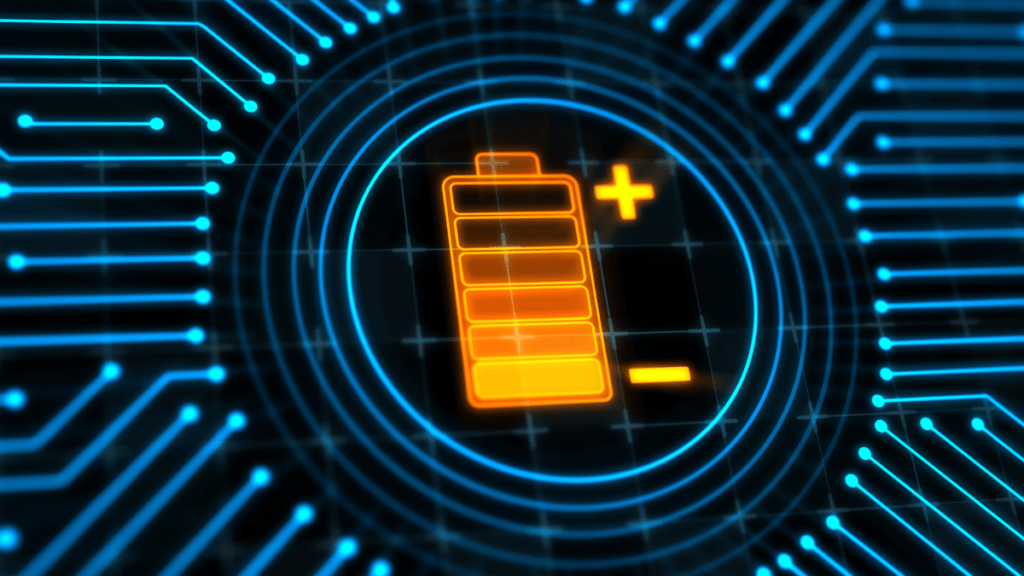
When looking for anode material for your next-gen battery, you can’t do much better than lithium metal. Due to its high capacity, low density, and non-flammability, lithium-metal batteries could be an absolute game changer for electric vehicles and the green tech revolution at large.
There’s just one problem: Lithium-metal batteries have a tendency to short circuit thanks to tiny fissures in the ceramic electrolyte called dendrites.
The quest to figure out why this happens (and design a battery that circumvents this unfavorable outcome) is a Holy Grail of sorts for material scientists—and the science world has maybe found its Galahad.
This week, researchers from Stanford University and the SLAC National Accelerator Laboratory revealed evidence as to why these dendrites form within lithium-metal batteries.
Previous theories have suggested unintended electron flow or some other mishap of chemistry could be the cause of the battery’s failure. But after conducting more than 60 experiments, the researchers discovered that small “nanoscopic” cracks in the ceramic solid electrolyte, some as wide as only 20 nanometers (a human hair is 80,000 nanometers by the way), occur when under pressure during fast charging.





